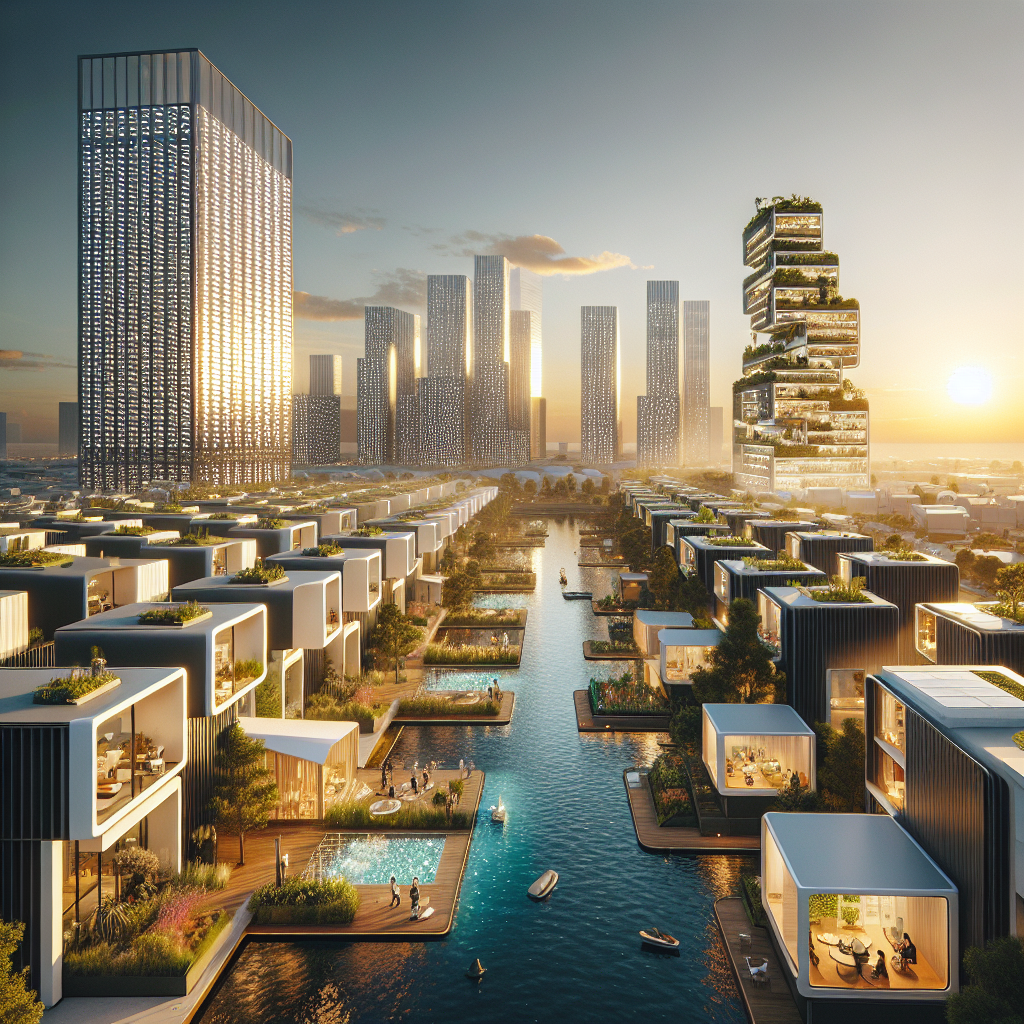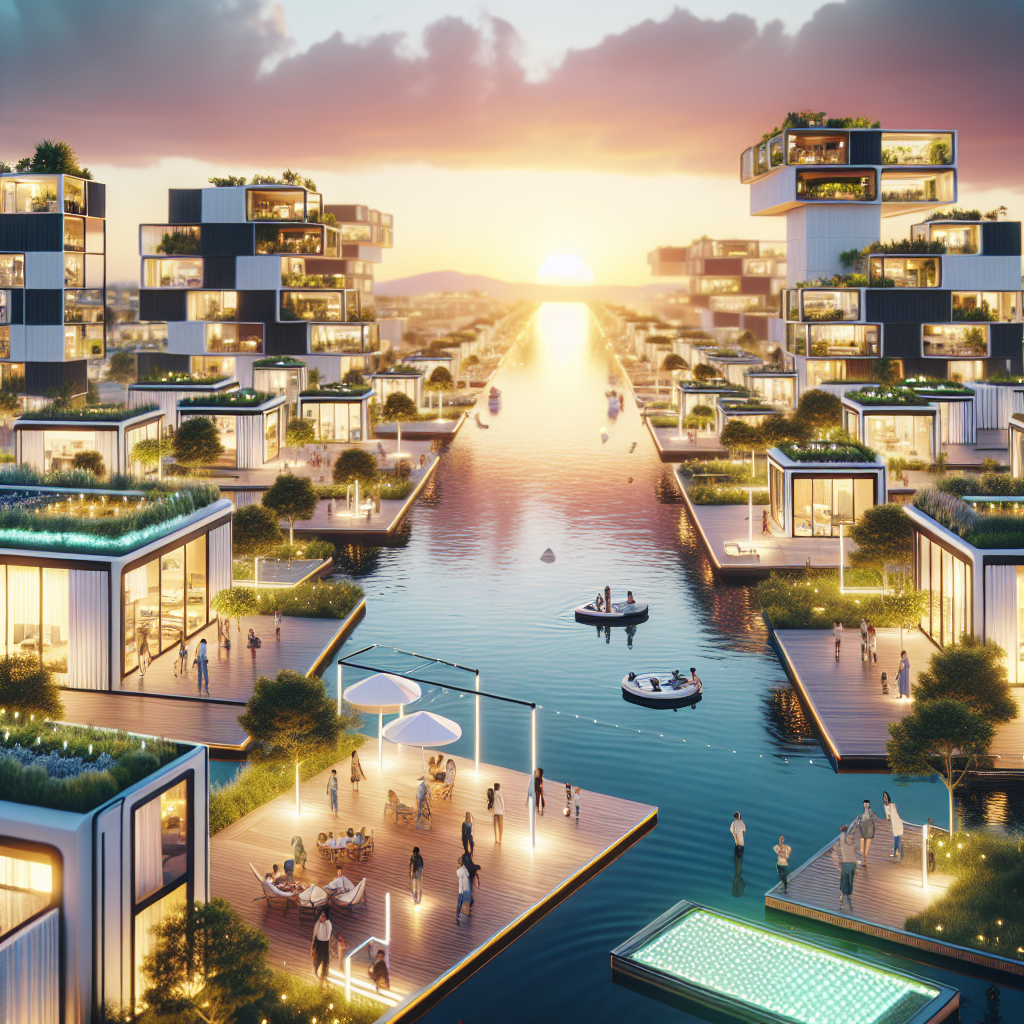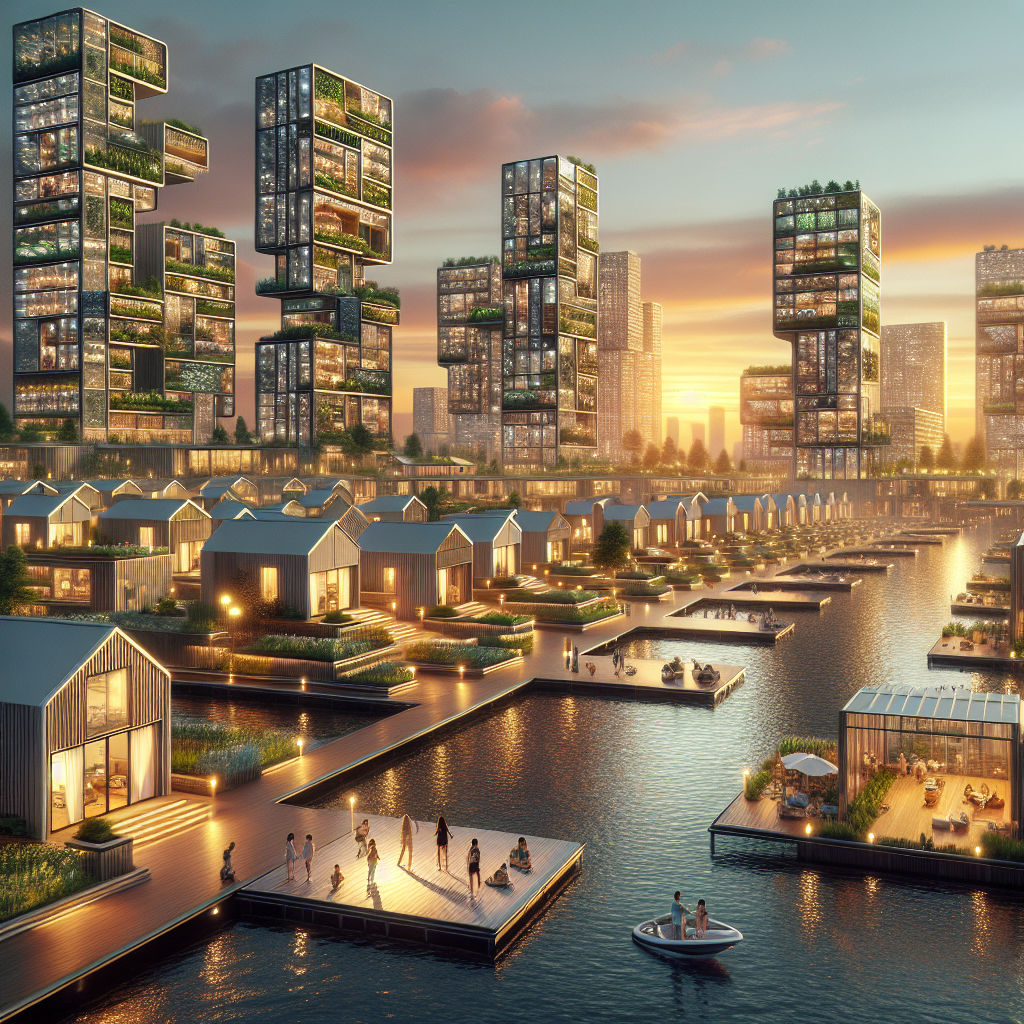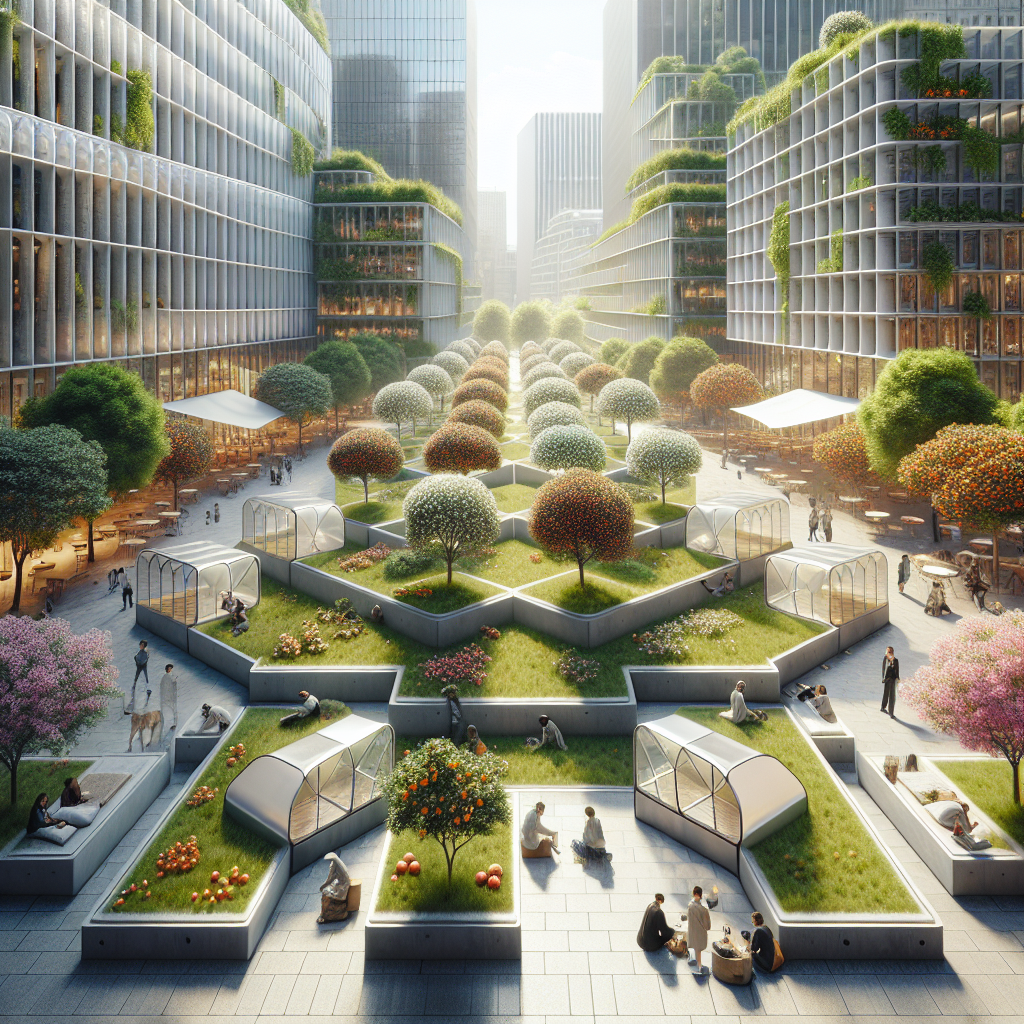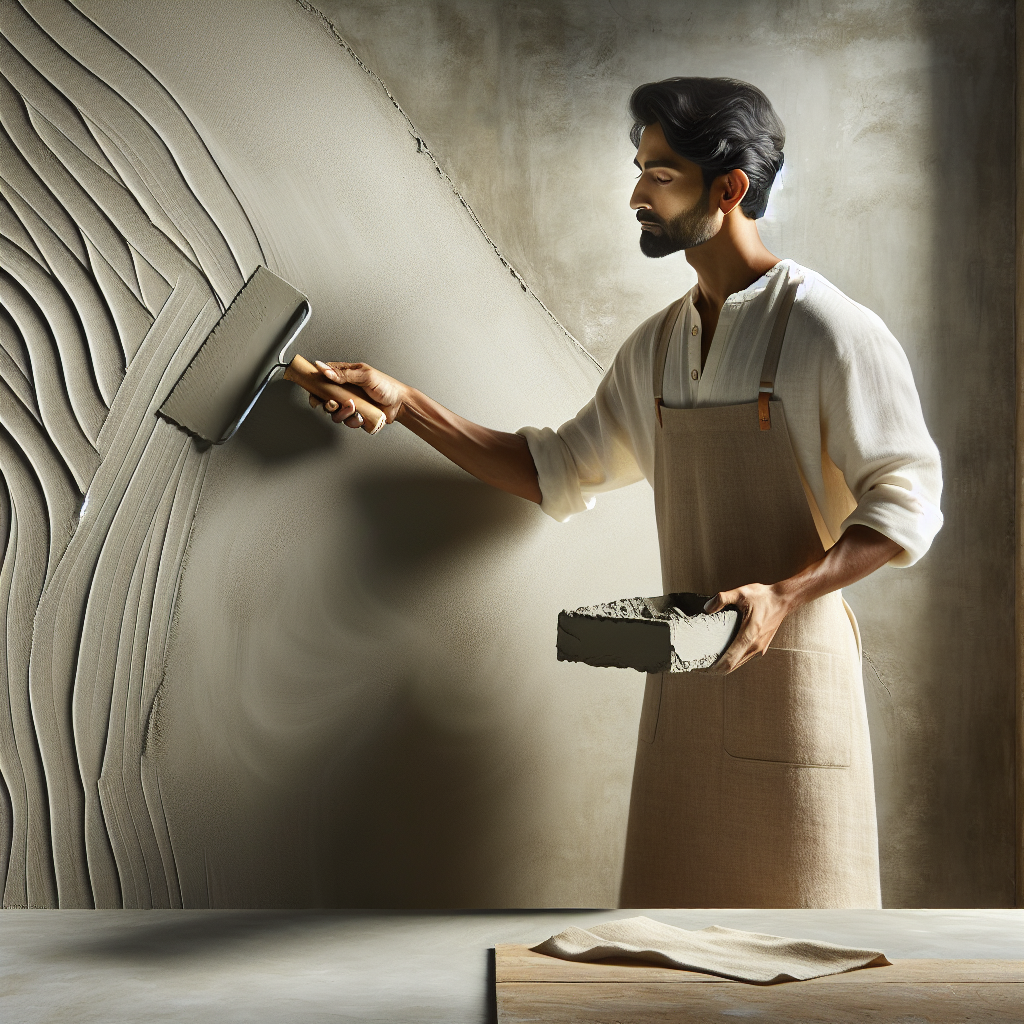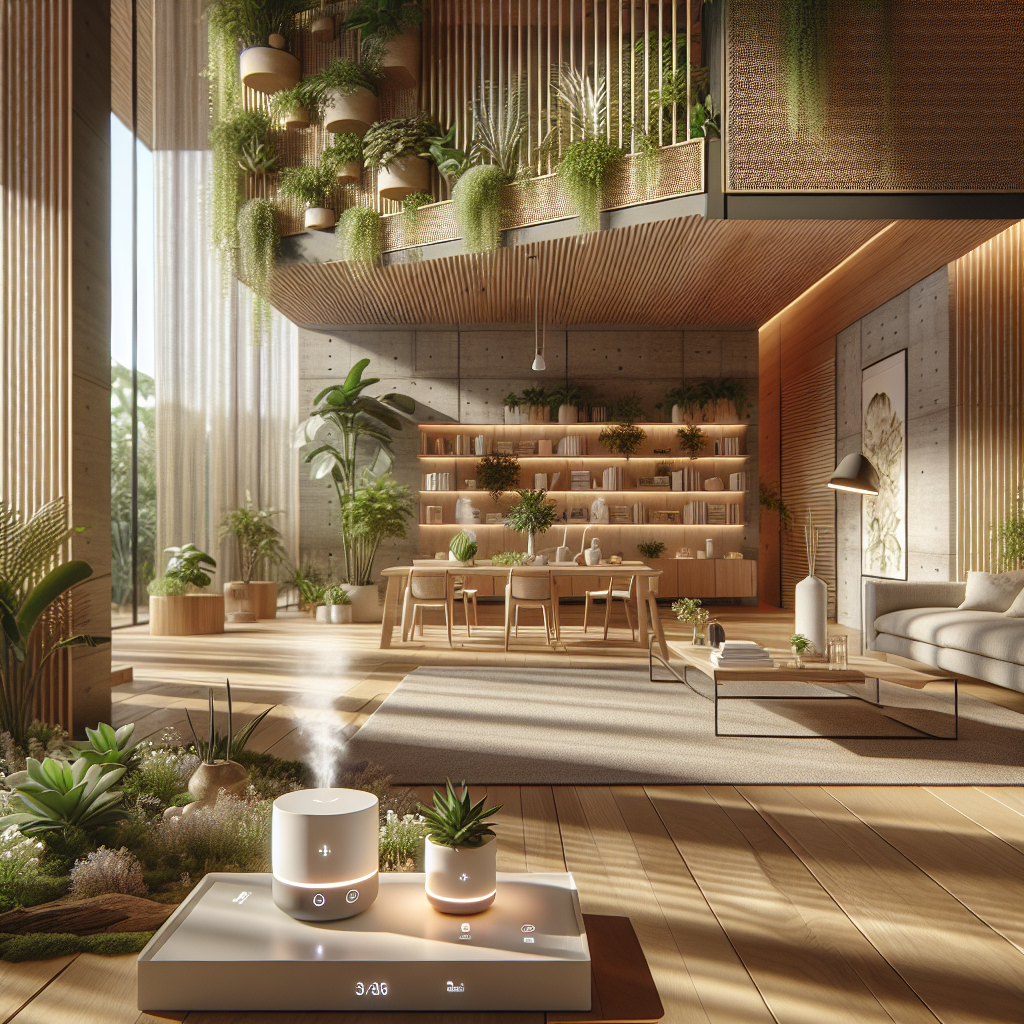The American Dream Reimagined: Futuristic Homes for a New Generation
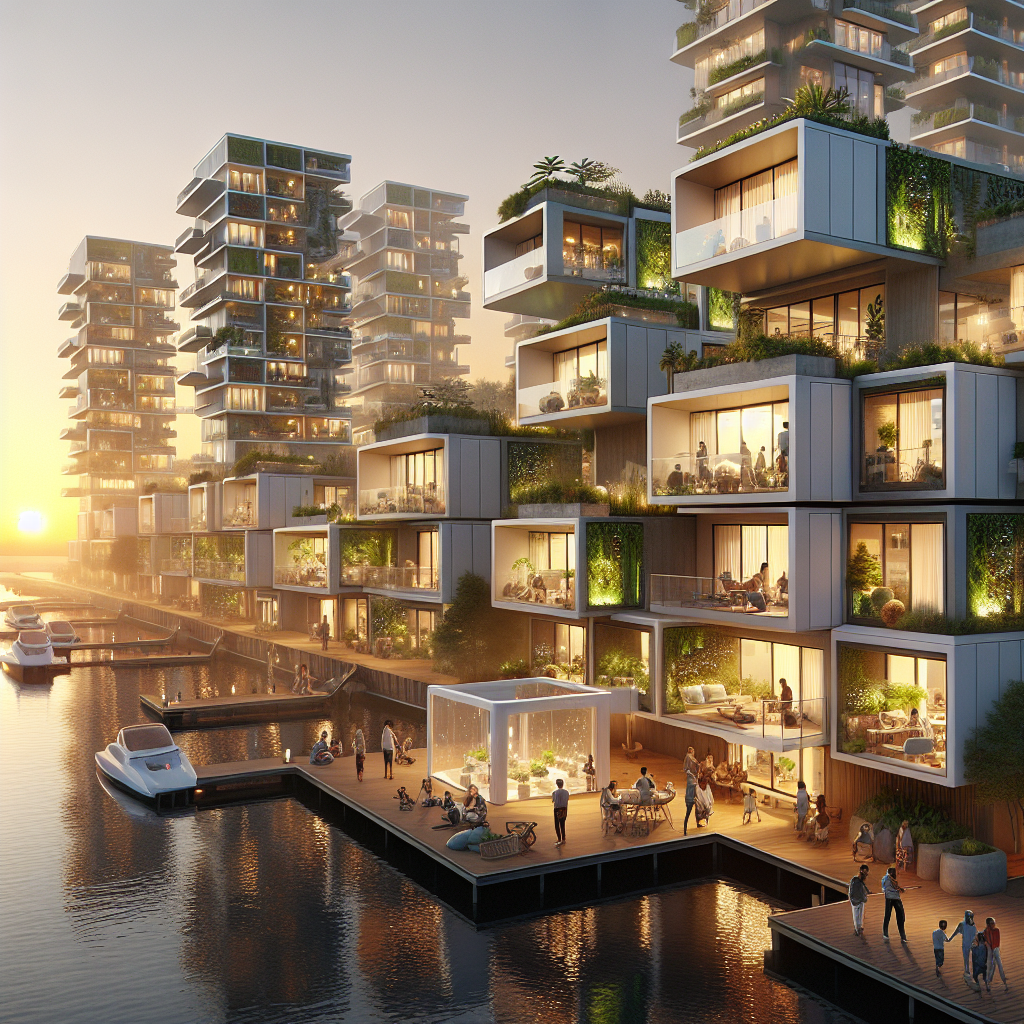
The American Dream Reimagined: Futuristic Homes for a New Generation
The American Dream has long been symbolized by the suburban home: a white picket fence, a manicured lawn, and a two-car garage. Yet, in 2025, this vision feels increasingly out of step with the realities of climate change, rapid urbanization, and shifting cultural values. Today’s architects and designers are redefining what it means to live well in America, crafting futuristic homes that blend sustainability, technology, and human-centric design. These new dwellings are not only shelters but also adaptive ecosystems—spaces that anticipate needs, conserve resources, and embody a reimagined vision of prosperity.
The Shift from Suburbia to Smart Sustainability
Where once suburban sprawl represented success, the new generation is gravitating toward net-zero energy homes, modular living, and compact urban dwellings. According to the U.S. Energy Information Administration, residential buildings account for nearly 21% of national energy consumption. This statistic has fueled demand for homes that are both energy-efficient and self-sustaining. From net-zero architecture to solar-integrated façades, the emphasis is no longer on size but on performance and adaptability.
Design firms are experimenting with biophilic design principles, integrating natural light, green walls, and indoor gardens to enhance well-being. As explored in biophilic design research, exposure to nature within living spaces has measurable effects on mental health, productivity, and recovery from stress. The futuristic American home, therefore, is not a fortress of isolation but a living organism that nurtures its inhabitants.
Technology as a Silent Partner
Smart home technology has matured from novelty to necessity. Voice-activated kitchens, AI-driven climate control, and predictive energy systems are becoming standard features in luxury and mid-market developments alike. The new generation of smart homes doesn’t overwhelm with gadgets; instead, it integrates technology so seamlessly that it feels invisible. For instance, adaptive lighting systems adjust color temperature to align with circadian rhythms, while biosensors embedded in flooring can track health metrics in real time.
What distinguishes these homes is their anticipatory intelligence. Rather than responding to commands, they learn from patterns—adjusting energy use during peak hours, preparing spaces for remote work, or even suggesting dietary changes based on kitchen inventory. This shift reflects a broader cultural redefinition of the American Dream: comfort is no longer measured by material accumulation but by how well a home supports holistic living.
Materials of the Future: From Timber to Tech
Material innovation is at the heart of futuristic housing. The rise of mass timber construction has proven that sustainability and structural ambition can coexist. Cross-laminated timber (CLT) offers not only reduced carbon footprints but also a tactile warmth that resonates with younger homeowners seeking authenticity in design. Meanwhile, 3D-printed concrete and sand-printing technologies are unlocking possibilities for rapid, affordable, and customizable housing solutions, as seen in experimental projects across the American Southwest.
Even waste is being reimagined as a resource. From reclaimed materials to biodegradable composites, the palette of tomorrow’s homes reflects a conscious rejection of the throwaway culture that once defined consumerism. The result is a material language that is simultaneously futuristic and deeply rooted in ecological responsibility.
Case Studies: Reimagining the Dream
Across the United States, pioneering projects are redefining residential design:
- The Phoenix Passive House – A desert dwelling that uses ancient cooling strategies, such as thick adobe-inspired walls and shaded courtyards, combined with solar roofs and AI-driven ventilation. It demonstrates how lessons from ancient desert architecture can inform cutting-edge sustainability.
- Brooklyn Micro-Lofts – Compact yet luxurious units that employ transformable furniture and modular walls to maximize usability. These spaces challenge the suburban ideal of excess, offering instead a model of urban efficiency and elegance.
- California Floating Villas – Amphibious homes designed to rise with water levels, addressing the realities of climate change and coastal living. These residences are part of a broader exploration into floating architecture, a typology that could redefine waterfront development.
Wellness as the New Luxury
For affluent homeowners, wellness has become the ultimate status symbol. Beyond spas and gyms, futuristic homes are designed as therapeutic environments. Air purification systems filter urban pollutants, hydroponic gardens provide fresh produce, and soundproofing strategies create sanctuaries of calm. Architects are increasingly collaborating with neuroscientists and environmental psychologists to design homes that actively enhance cognitive and emotional health.
This trend aligns with the growing demand for green architecture, where wellness is inseparable from sustainability. A home that reduces stress, conserves energy, and nourishes its inhabitants embodies a more holistic and contemporary interpretation of the American Dream.
Urban Futures: From Individual Homes to Collective Living
While single-family homes remain aspirational, there is a parallel rise in co-living and community-driven housing. Younger generations, burdened by student debt and rising real estate costs, are redefining ownership and privacy. Shared amenities, communal gardens, and co-working hubs are replacing the isolated suburban model with one that emphasizes collaboration and resource-sharing. This evolution reflects a cultural pivot: the dream is no longer about retreating from society but about finding new ways to live within it.
Projects like modular co-housing complexes and vertical farming-integrated towers point toward a future where the American Dream is not a solitary pursuit but a collective endeavor. These models resonate with the growing ethos of community-driven architecture, which empowers residents to shape their environments together.
The Dream Ahead
The American Dream is not disappearing—it is evolving. Where once it was defined by ownership and expansion, it is now characterized by resilience, adaptability, and sustainability. Futuristic homes are not speculative fantasies but practical responses to pressing global challenges, from climate change to urban density. They embody a new cultural aspiration: to live intelligently, beautifully, and responsibly.
For architects, designers, and developers, this reimagining offers both challenge and opportunity. The homes of tomorrow will not be judged by square footage or opulence but by their ability to anticipate needs, minimize impact, and create meaningful connections between people and place. In this sense, the American Dream is not being abandoned—it is being redesigned for a generation that values innovation as much as tradition, and sustainability as much as success.
